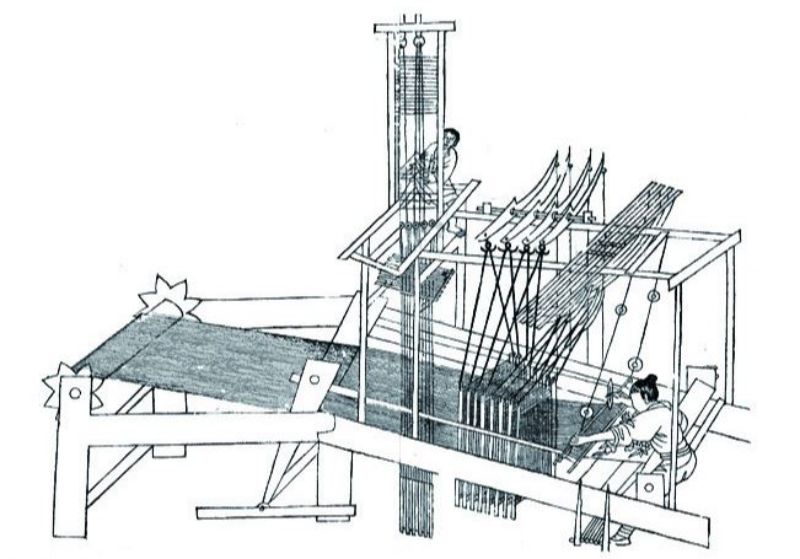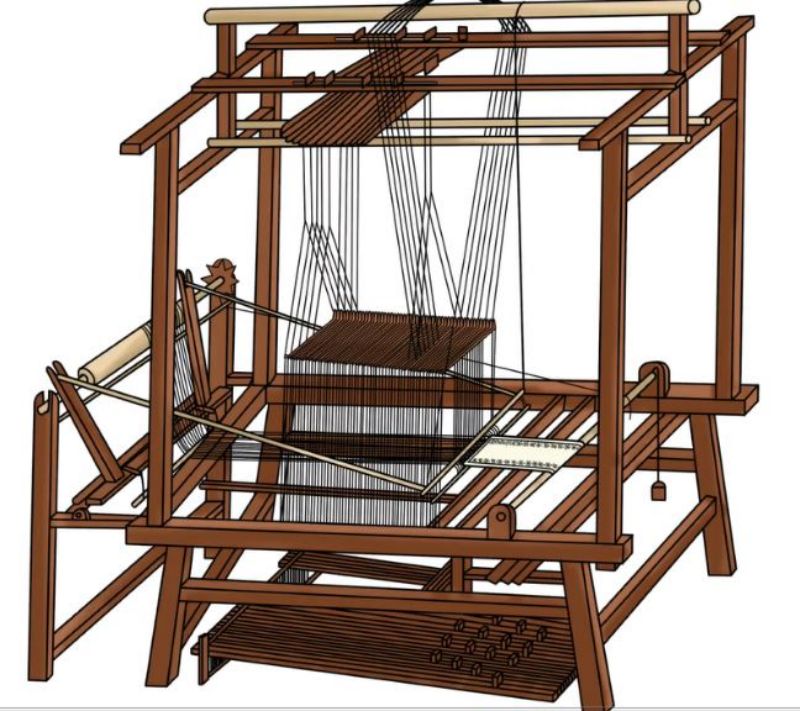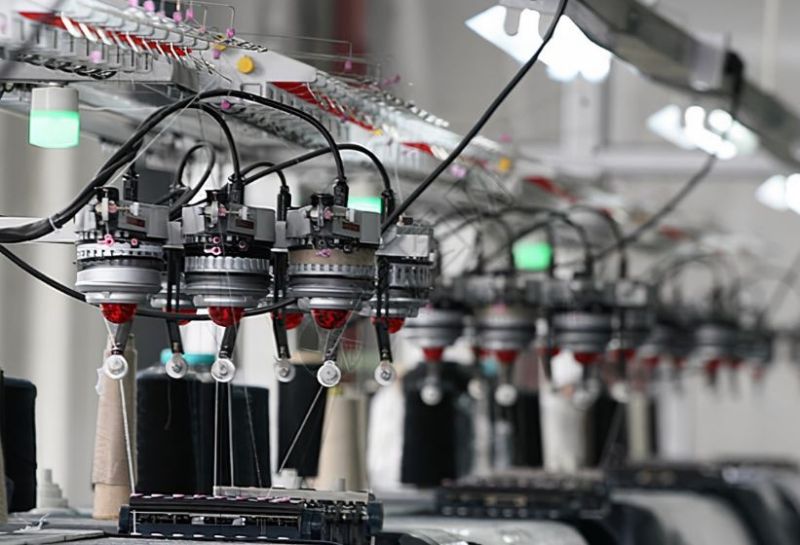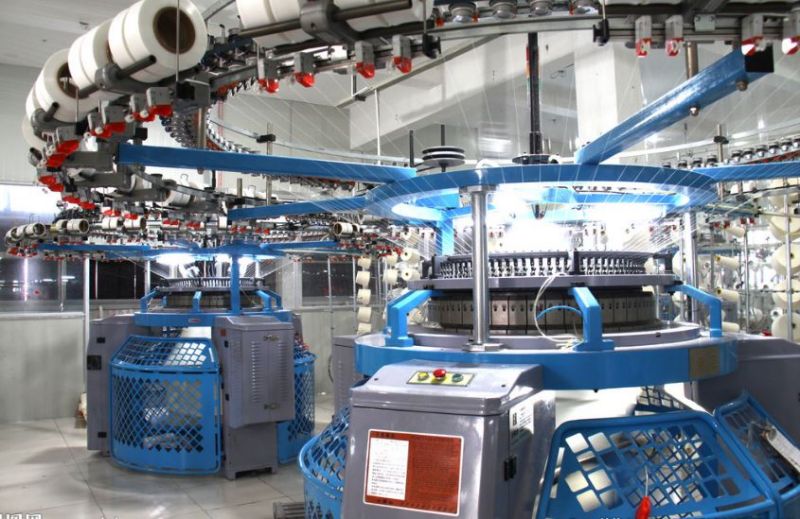Weaving
Webbing weaves warp and weft. The twisted thread is warped into a bobbin (reel), and the weft is rolled into a hook and placed on the loom's webbing. In the 1930s, hand-drawn wood looms and ironwood loom webbing were introduced. In the early 1960s, the 1511 loom was converted into a loom, which is still widely used today. Because the width of the belt is small, the weaving method is different, there are single roots, double roots, dozens of roots, there are single layers, there are double layers.

In 1967, the shuttleless ribbon research group with workers as the main body successfully designed and manufactured a high-speed single shuttleless ribbon weaving machine, which realized the shuttleless ribbon weaving, shortened the process, occupied a small area, and improved labor productivity, which is a pioneering work in the history of Chinese ribbon technology.
In the 1970s, due to the popularity of ribbon continuous dyeing and ironing machines, the processing of ribbon has developed from the traditional first dyeing and weaving to the first dyeing and dyeing, the first weaving and bleaching, and the continuous finishing and ironing. Ribbon technology has entered the ranks of mechanized mass production. In the early 1980s, Switzerland, Italy and the Federal Republic of Germany introduced high-speed shuttle-free belt weaving machines, ironing machines, wrapping machines, warping machines and so on. And ribbon technology has entered a new stage of development.

The advancement of webbing technology has brought about the upgrading of products. In 1979, China's first generation of SD9-9 rubber ingot belt was successfully trial-produced, so that rubber ingot belt products ended the history of dependence on imports. 1980 developed SD-81A and B type rubber ingot belt, with soft, thin, strong, small elongation, small impact, short and flat joint characteristics. At the beginning of 1990, the trial production of Santana car safety belt was successful. After more than two years of research and trial production, the product quality has reached QC49-92 and TL-VW470 standards.
Weaving (ingot weaving)
After the yarn barrel and weft are wound to form a weft tube, they are inserted into the fixed tooth base of the knitting machine. The weft tube rotates along a figure-8 track and pulls yarns across each other. Usually the number of ingots is even, the ribbon is tubular, the number of ingots is odd, and the ribbon is flat. The weaving process has been used since old China, and the number of spindles varies from 9 to 100 depending on the equipment. The basic process of weaving is: bleaching, winding, weaving, doffing, cutting, packaging. Since 1960, many technological innovations have been carried out in the knitting machine, mainly including expanding the diameter of the peach plate, installing automatic stopping devices for breaking rubber bands, and replacing iron ingots with nylon spindles. The improvement of these equipment has increased the speed to 160 ~ 190 RPM, the vertical rate has doubled, and the product quality has been greatly improved.

You can weave not only webbing, but also rope. Tubular belt is a kind of braided rope, the diameter of 1 ~ 4cm is called rope or rope line, the diameter of more than 4cm is called rope, and the diameter of more than 40cm is called cable or cable. In 1989, the industry introduced Japanese stereotyped cable production line equipment, the next year the production of polypropylene stereotyped cable, won the national silver award.
knitting
In the 1970s, warp knitting and weft knitting technology were widely used in webbing. In 1973, the trial production of knitted nylon wide tight belt was successful. In 1982, the introduction of Italian crochet machine, advanced technology, a wide range of products, especially suitable for thin decorative fabrics, such as lace, elastic bands, window screens, decorative belts and so on. The basic process is: bleaching - winding - weaving - ironing - packaging.

Before the 1970s, the fire hose tube blank was woven by horizontal machine, with large diameter deformation and low output. In the second half of 1974, according to the principle of knitting, the industry organized the research group of tube billet weaving, using the warp and weft interweaving, relying on the loop yarn during the loop process, using the needle barrel and settling arc of the loop yarn to connect the interwoven warp and weft into a whole, so as to become a tubular knitted fabric with weft lining and warp lining. The production technology level of coated water pipe and high pressure fire hose ranks in the forefront of the country.
Post time: Dec-06-2023

